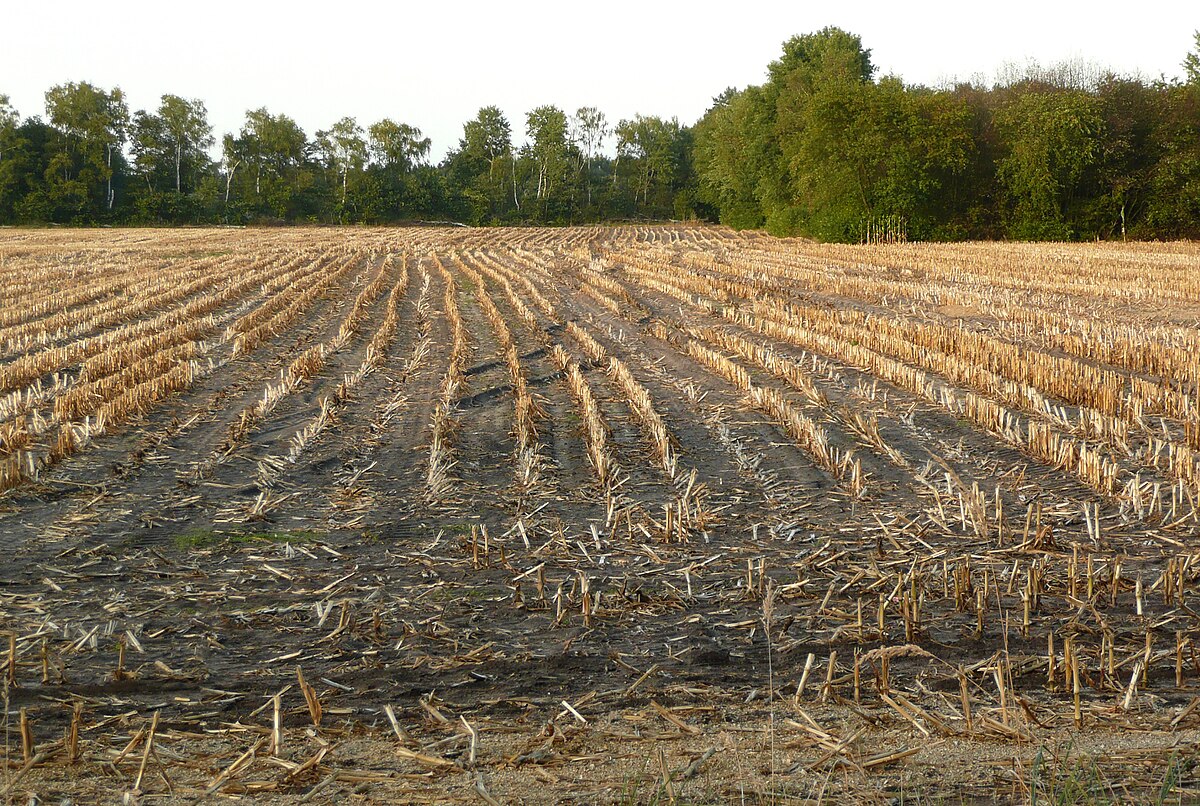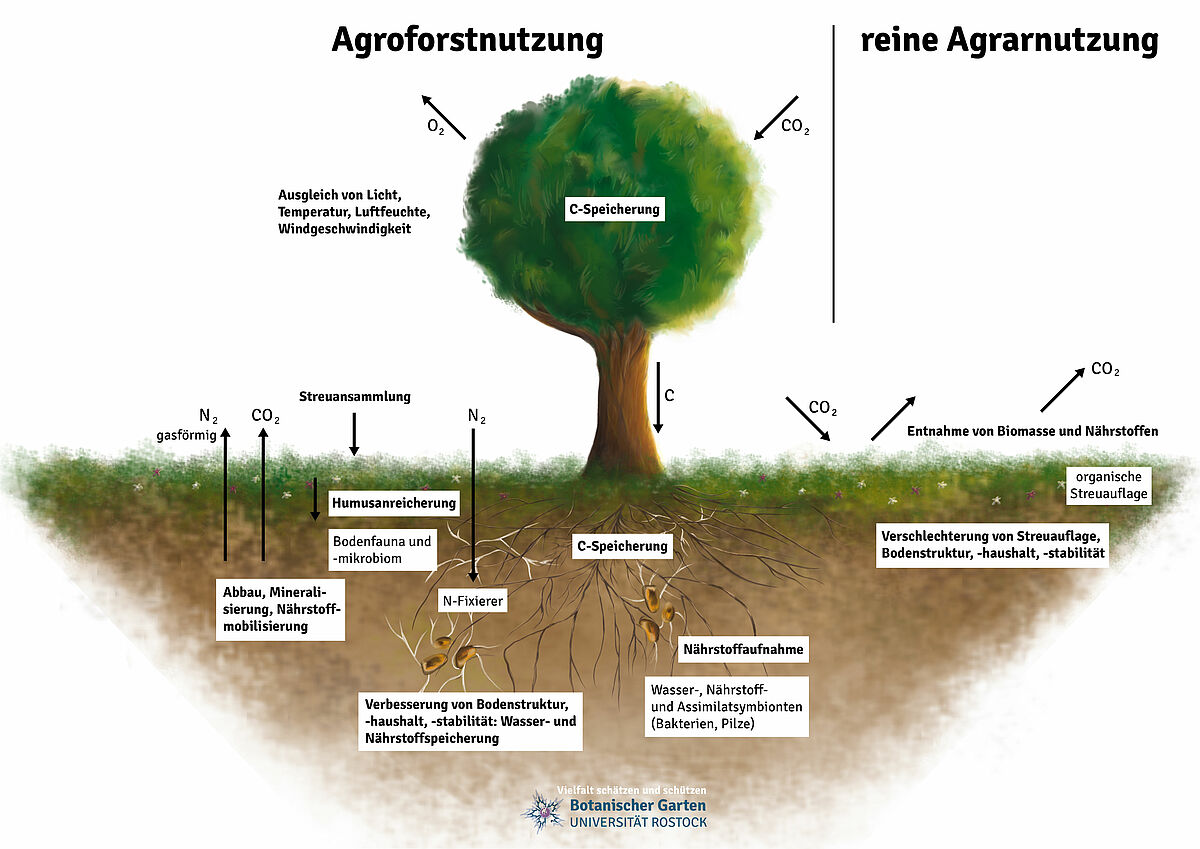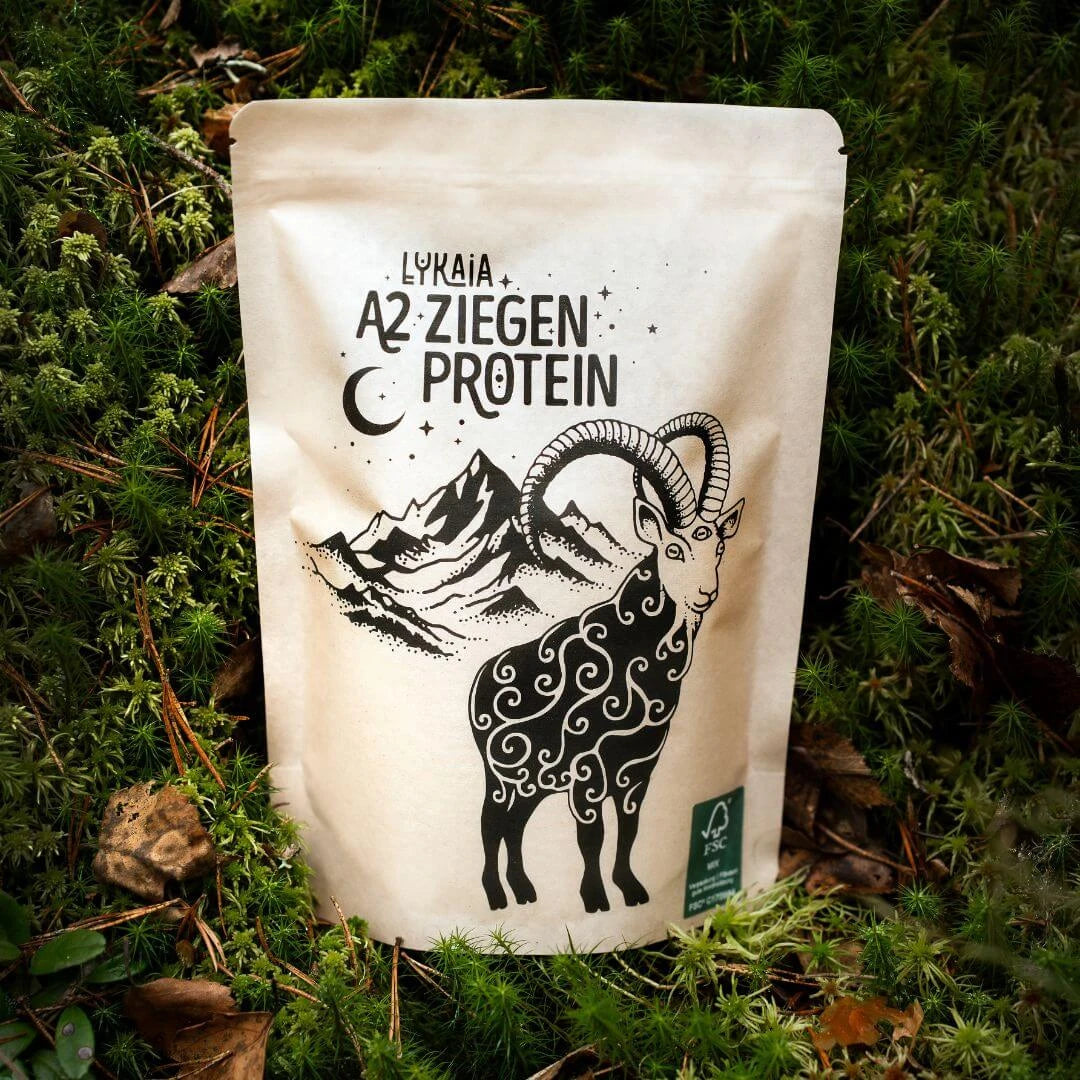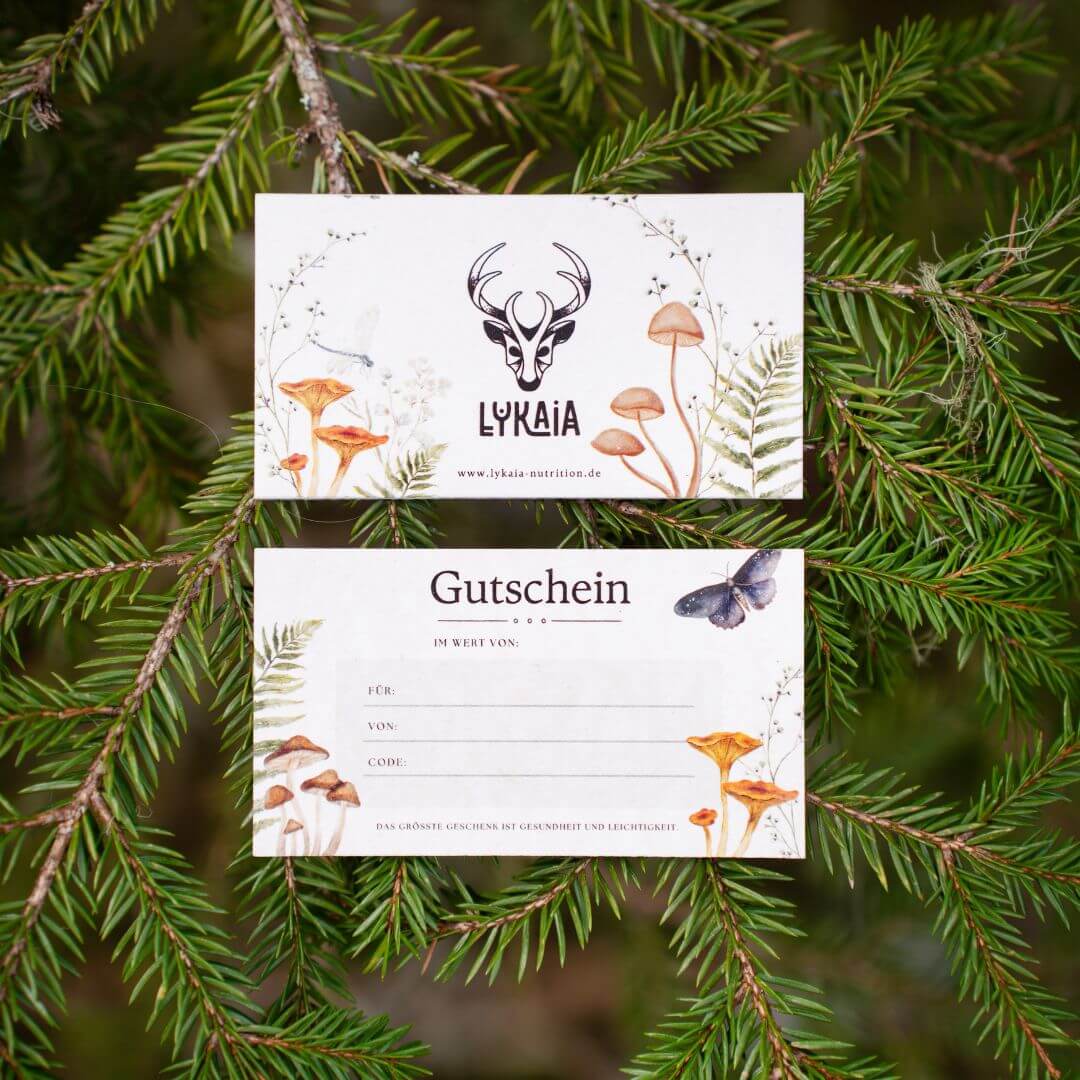How can ancient cultures help us with modern health?

written by Robin Dören
Maybe you've ever asked yourself why we often refer to old, almost forgotten festivals and rituals in our actions like the current Mabon? Are we superstitious or esoteric? We can answer that clearly with no.
Nevertheless, old customs from a time in which even the foundations of modern society did not exist provide us with a lot of information about what was natural to humans for a long time. The circumstances of human evolution are reflected throughout our genes and dictate our health.
The Celtic annual festivals are just one example of how humans have been subject to the cycle of nature for most of their history. Whether in our circadian genes, the ability to absorb vitamin D or individual fat metabolism:
Our connection to the harsh seasonal changes of our latitudes can be seen in our genetics. But no matter which culture we are talking about, the significant times of the year can be found in traditions, customs and festivals everywhere. These were clearly of superstitious origin, but first and foremost they arose from the need to adapt to nature and had a lot to do with the agriculture of the time.
Ancient cultures are therefore a first-class source of inspiration. The everyday lives of people back then provide information about lost ancient knowledge. Of course, there was also a lot of ignorance and false fear here, and from a modern perspective, medicine was a catastrophe. Nevertheless, these people knew how to live off the land and with nature.
The interesting interface between modern science and ancient cultures holds enormous value for modern life. Whether it's fighting antibiotic resistance, long-forgotten fungi or the great health benefits of cold therapy and sauna sessions, which have an ancient tradition in Finland.
People back then were forced to draw all their inspiration from nature . It's hard to imagine a life like that today. Think about the content of your dreams, for example. How much of it revolves around modern life, the everyday job, the modern way of life in a city or other things that simply didn't exist back then? Of course, the idea generation process shifts like this. As a result, many things that were known back then seem to be forgotten today.
Starting with modern agriculture to your own body awareness and knowledge of your surroundings and biogeography. An awareness that long-term investments in nature are worthwhile. And that a healthy body starts with healthy agriculture:
What modern agriculture has to learn from ancient cultures
The fact that we should let insects live in the fields and not spray every weed into perdition is also part of this awareness. That you practice a rotating economy with plants that regenerate the soil and not grow nothing other than genetically modified corn for 30 years.
That mass fertilization and soil impoverishment can be avoided. Nowadays, factory farming produces so much manure that farmers are forced to spread it in huge quantities on the fields.

The fact that the soil is completely over-nitrided doesn't seem to matter. As long as the short-term profit is there, sustainable agriculture, which may only benefit in 5-10 years, is neglected.
In 2021, Spiegel showed that over-fertilization alone causes €3 billion in environmental damage every year.
Over-fertilization in German agriculture causes environmental damage worth an estimated three billion euros every year. The Federal Association of the Energy and Water Industry (BDEW) calculated this in a report. “The report clearly shows that over-fertilization in agriculture is massively damaging to the environment,” says BDEW co-head Martin Weyand. The fertilizer regulation from last year still does not fully implement the European requirements.
This is primarily a political mistake, because given the horrendous prices for producers, the farmer only does what brings him the most efficient income. Also, not every farmer has the sales skills to sell their products as premium organic food in their own farm shop.
The documentary “ The Meadow ” shows an absolutely great depiction of this dilemma .
The annual organic start-up competition also features an increasing number of new biotechnological approaches to modern agricultural problems. Many of these aim to either use fertilizer more efficiently or to increase the yield of the fields through detailed analysis. Unfortunately, very few people rely on scaling knowledge that has long been known.
The Beeson Group, which rents bee colonies to farmers, also demonstrated how great the discrepancy between agriculture and nature is today. The bees are driven to the fields to pollinate the cultivated plants and thus increase the yield. So a process that actually happens all by itself has to be specifically initiated by people.
The excessive use of pesticides is also not necessary.
Our grandparents already knew exactly which plants had to be planted next to each other to prevent pests. For example, onions repel the carrot fly and carrots repel the onion fly.
The principle of diversity is always positive. As in nutrition, so also in agriculture:
Because for every harmful insect there are 400-1700 “beneficial” insects, a large number of which are the “predators” that attack the eggs, larvae or pests directly, parasitize them or otherwise “take them out of the fight”.
But these days there is so much paranoia about pests that they just kill all the insects. History shows us once again that there is another way.
How did the Aztecs manage to feed their large cities back then?
The Aztec capital Tenochtitlan had between 200,000 and 400,000 inhabitants. How were the Aztecs able to feed such a large population back then?
Everyone knows the popular corn plant. In Germany you can see it in every third field, where it is often grown as animal feed and increasingly as fuel for biogas plants. If you look at the same fields after the harvest, you'll see a sad sight.

The Federation for the Environment and Nature Conservation writes, using the example of Brandenburg:
The increased cultivation of corn in Brandenburg has a significant negative impact on nature and the environment. It massively endangers biodiversity, soil and water. In Brandenburg, however, the area under maize cultivation has increased by a further 10% to a good 235,000 hectares in the last two years alone. In total, corn is grown on 23% of arable land - almost every fourth hectare of arable land is therefore used for growing corn.
The Aztecs solved this problem by planting pumpkins and beans as ground cover alongside their corn .
The corn stalks served as a climbing aid and protected the pumpkin plant on the ground with their canopy of leaves. This in turn covered the ground and strengthened the humus layer so that there was less erosion caused by wind and weather. This means that the important humus layer can no longer be washed away so easily or carried away by the wind. Additionally, this ground cover prevented moisture from evaporating as quickly as it otherwise would have.

Interplay of corn, pumpkin, beans and chili. Even the flowers of the pumpkin plants were used for food.
Because pumpkin plants competed with weeds, farming was less labor-intensive because there were fewer weeds to pull. Modern agricultural researchers have discovered why the bean plants helped the other plants: bacterial colonies on the roots of the bean plants store nitrogen from the air and release some of it into the soil. Corn needs large amounts of nitrogen to thrive. The field fertilizes itself. 
This was an agricultural revolution and is now known as intercropping . Intercropping is also known as multiculture or companion planting and is now recognized as a "biologically sophisticated principle" and one of the most important advances in Aztec farming systems .
The concept of intercropping was so much a part of the culture that the people of many tribes referred to corn, beans and squash as the "three sisters." These three plants not only depended on each other during their growth, but also complemented each other in their nutrition. The amino acids in corn and beans combine to form a complete protein, something neither food can do on its own. The nutrients in pumpkin, such as: B. Beta carotene and vitamin C, complement the nutrients of the other two vegetables in the trio.
Pumpkin also helps control weeds by creating a dense shade that lets in very little light, and chemicals leached from its leaves leach into the soil and act as herbicides. Intercropping beans and corn also reduces cornworm damage and increases crop yield by fifty percent .
Typically, even small fields contained a dozen or more plant species, including coconuts and palms, citrus fruits and papayas, cacao, corn, beans, and pumpkins.
So-called agroforestry systems show that even large plants such as trees can have an enormously positive effect on agriculture.
What are agroforestry systems?
Agroforestry, i.e. the integration of trees into agricultural land, shows how the forest can help with efficient and sustainable agriculture. This can have the following positive effects: Trees have a balancing effect on the microclimate , pump up water and nutrients from deeper layers of the soil, making them more drought-resistant , and supply the soil with nutrients through the autumn leaf fall.Trees also help reduce wind speed , which reduces soil erosion. Water erosion is also almost never a problem , as it holds the soil together much better and protects it from rain. Trees provide shelter and food.

Use of orchards and savannahs (left area) as an agroforestry system (Graphic: Selina Schwarzer) | Source: University of Rostock
What would the soil and environment look like if, for example, more tree fruits such as chestnuts, walnuts and hazelnuts were consumed as a source of carbohydrates instead of grains? Since the advent of modern agriculture, human nutrition has become incredibly unbalanced, which has a negative impact on our health. Only 20 to 30 percent of the food consumed by hunter-gatherers consisted of carbohydrates , compared to 70 percent for modern humans, who primarily consume four types: wheat, rice, corn, and potatoes. Not only is the important bacterial diversity in the intestines impoverished, but also the biodiversity in the fields.
As we already wrote in the article about growing our Chagas , there needs to be an economic argument to introduce more diversity into modern agriculture. In short: Politicians urgently need to create subsidies for alternative agriculture.

This is what an agroforestry system looks like.
The biggest obstacle here is once again the German bureaucracy, writes the agricultural trade magazine “Agrar Today”:
Woody and arable crops in one place are not yet compatible with German agricultural support law. A prerequisite for this is the ability to control with the Integrated Management and Control System (InVeKoS). Since agroforestry always consists of a woody component and an arable crop or grassland component, both must be integrated in one fell swoop in terms of funding. This then requires its own usage code.
However, agroforestry systems should now finally be recognized and made eligible for funding, according to a recent resolution by the Bundestag's Nutrition Committee.
What applies to the fields also applies to the forest itself: the more dead wood and variety left in the forest, the healthier it is. This is then also reflected in the yield. Not only are forests managed in this way better protected from the effects of climate change , they also help to curb these effects through better CO2 storage.
Nature still knows better. She has developed a perfect system. The more research is carried out here, the more the perfect agricultural system approaches the natural environment in the forest: with the interaction between bacteria, fungi, insects, plants and animals, nature fulfills many different functions for the survival of our species, such as conservation healthy soils, the purification of air and water and its storage.
Nature allows food and medicinal plants to sprout. Industrial farming techniques, on the other hand, destroy many of these functions; This is less the fault of “the farmers” and more of us as a society, who helped develop this system and continue to support it by buying cheap food.
Sources:
- Encyclopedia of American Indian Contributions to the World by Emory Dean Keoke and Kay Marie Porterfield (Facts on File, 2002)
- Aztec Medicine, Health and Nutrition by Bernard Ortiz de Montellano, Rutgers University Press (1990)
- 'Un perfil de la cultura india' by Guillermo Bonfil Batalla, Arqueología Mexicana special edition no. 84 'Cultivos mesoamericanos', pp. 10-15, Mexico City (nd).
- http://www.musella-stiftung.li/images/bilder/vortrag_schwarzer/schwarzer_landwirtschaft.pdf
- https://www.agrarheute.com/pflanzen/getreide/gehoelze-acker-agroforsten-schläge-klimawandel-schnippchen-561758
0 comments






